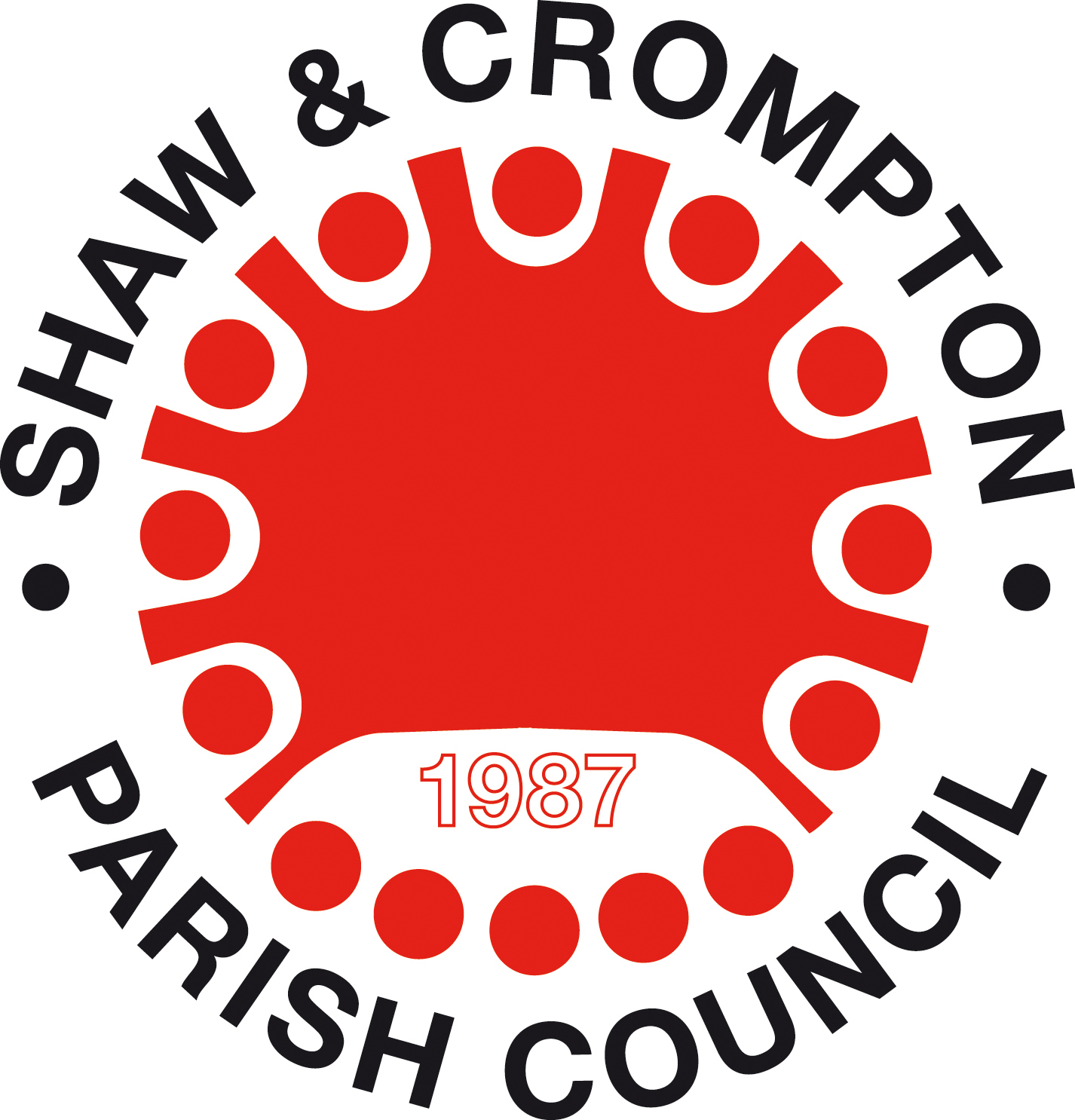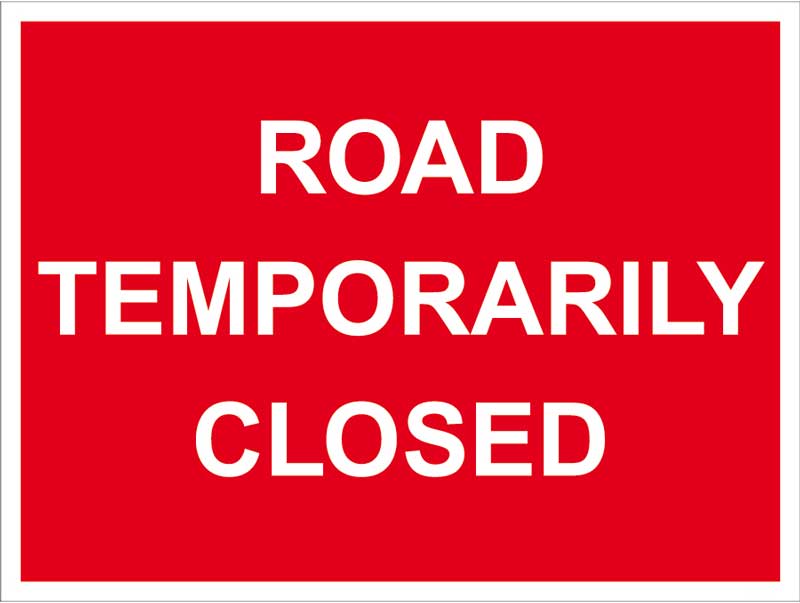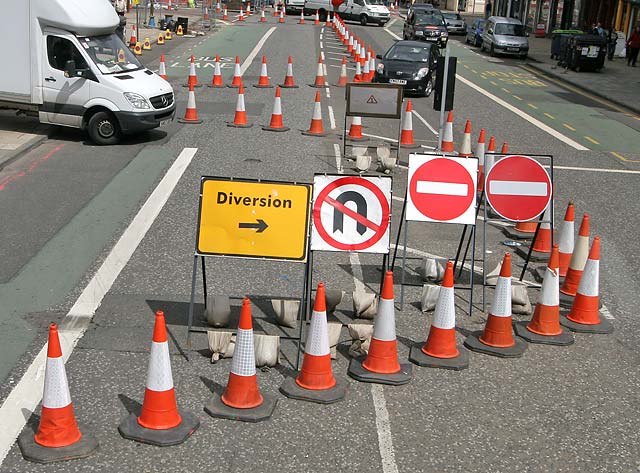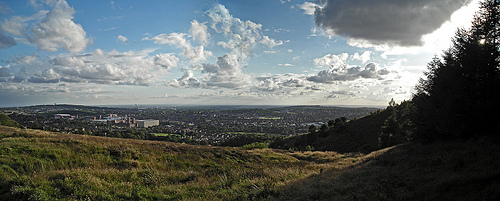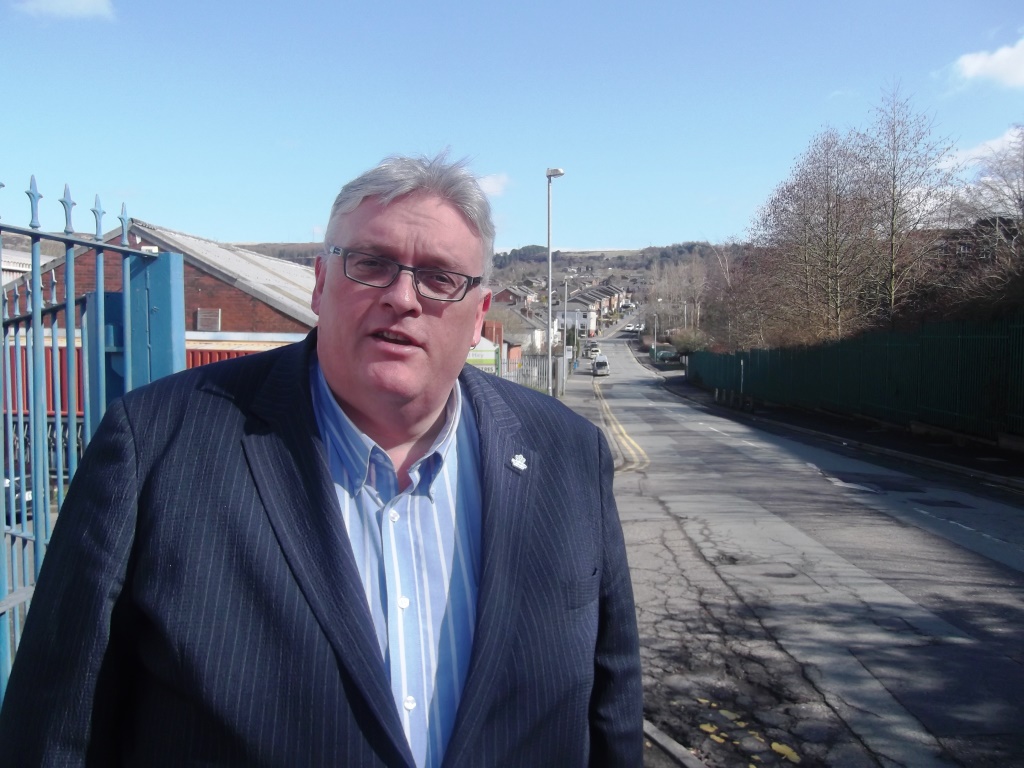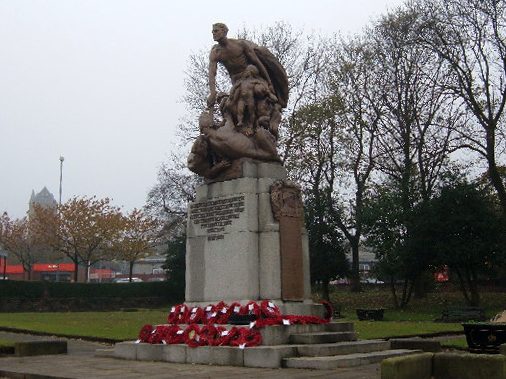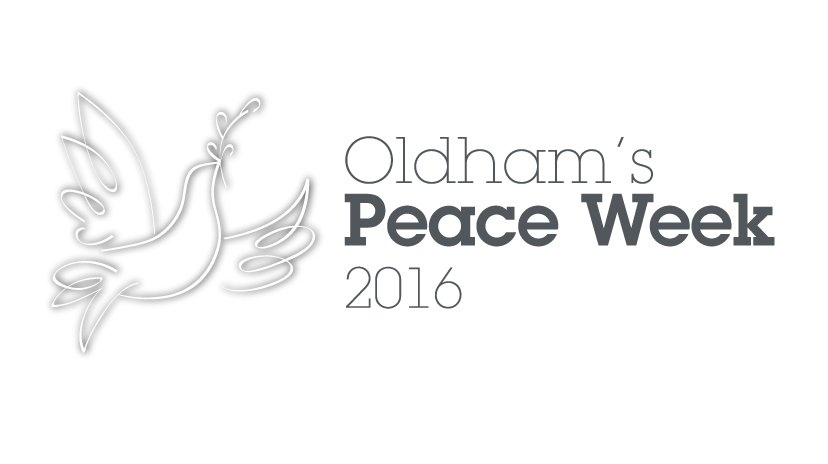Further to your letter of 1st August 2016 regarding the possible reduction or withdrawal of the Council Tax Support Grant to the Parish Council with effect from 1st April 2017, please note the following response from Shaw & Crompton Parish Council in terms of potential impact –
Shaw & Crompton Parish Council relies on the Grant to support local community priorities within its annual plan, namely environmental maintenance and improvements, community events, grant funding and the Citizens Advice Bureau advisory service. Although the Parish Council strives to make improvements and efficiencies, a reduction or withdrawal of the Grant would seriously compromise the Parish Council’s ability to continue to deliver sustainable activities for the benefit of local residents. The key priorities are outlined as follows:-
Environmental maintenance and improvements
The Parish Council has an annual contractual agreement with Groundwork Oldham and Rochdale covering a range of operations (litter removal, footpath maintenance, landscaping ) which keeps the visual appearance of areas within the Parish at a high standard and meets with local public satisfaction. In addition, The Parish Council also undertakes the treatment of public footpaths over and above the footpath maintenance programme carried out by the Borough Council. As such, any reduction in the Grant would put more pressure on Oldham Council’s resources in order to absorb this extra work. It should also be noted that the arrangement with Groundwork also adds value through involvement of local people in the Princes Trust work experience programme.
Community events
For the past 25 years, the Parish Council has organised a Family Fun Weekend and Vehicle Rally, which attracts upwards of 3,000 visitors. Incorporating the Chairman’s Charity Market, this is a key event in the diary and brings communities together to enjoy two days of fun and entertainment. The Parish Council also arranges one Spring and one Winter Charity Market each year as well as a schools Christmas music festival. Next year (2017) marks the 30th anniversary of the formation of the Parish Council and a special, high profile celebratory event is already in the planning stage. This is the largest community event in the Parish and special efforts are made to ensure all parts of the community are touched by the event especially the old and young.
Grant funding
Each year, the Council awards minor grants to support local church and voluntary groups and causes within Shaw & Crompton, ranging from Christmas meals for elderly residents to junior sports clubs, all run by volunteers who give something back to our community. Some of these grants also act as match funding by levering in additional resources especially for our social inclusion projects and those with young people.
Citizens Advice Bureau
Oldham CAB is an established part of the town having delivered advice services from Crompton Library through partnership funding from Shaw & Crompton Parish Council for many years. Last year, the CAB provided advice to approximately 300 (of the more vulnerable) local people on matters relating to welfare benefits, debt, employment and housing issues. The Parish Council continues to fund this valuable service, which means that residents can receive advice locally on a weekly basis, which has resulted in tangible benefits to the most vulnerable people in the local neighbourhood.
In conclusion, the Parish Council seeks to continue the development of a pattern of civic life to benefit the whole community by fostering different types of activity. It does not have the resources to organise and run all varied and inclusive events and projects which make Shaw & Crompton into a thriving and cohesive community but is naturally grateful for the financial support it has received from the Council Tax Support Grant, which if withdrawn or reduced would mean that the Parish Council would have to consider its position in relation to the activities listed above, which we believe engender a sense of identity, aid community cohesion and promote a general feeling of well being resulting in a financial benefit to Oldham Council.
If Oldham Council is minded to remove this Grant, we would request that it is at least implemented in a phased manner so the Parish can plan and cope with the reduction in resources and re-profile its services in a measured and effective way, remaining cost effective and ensuring value for money, which is surely what Oldham Council would wish with the cuts it is suffering from Central Government.

